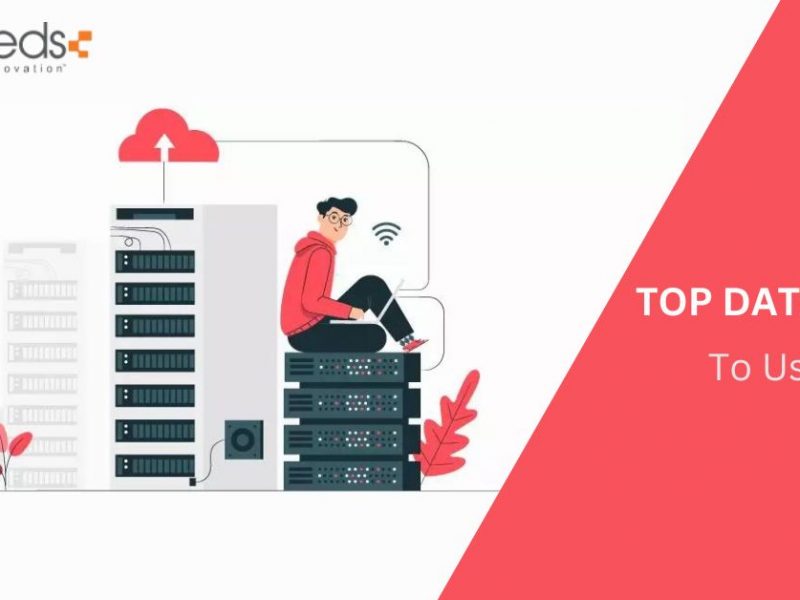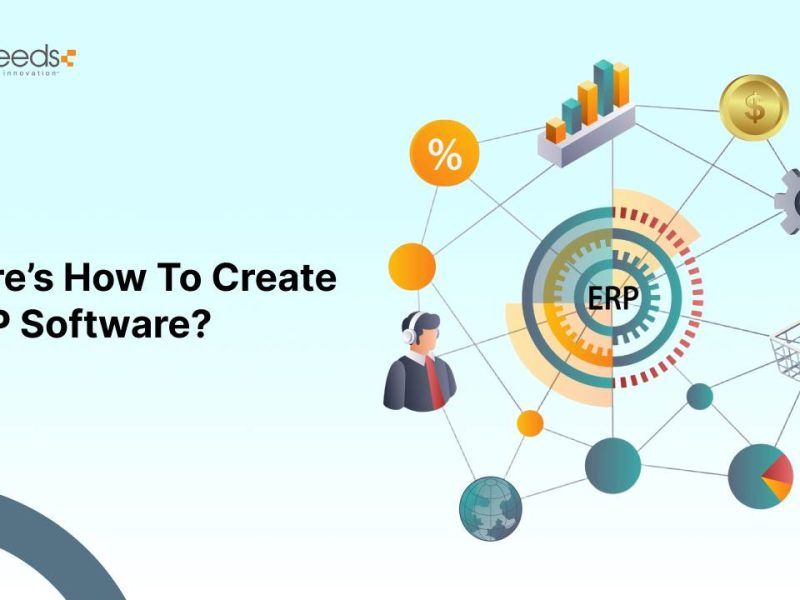In today’s rapidly evolving energy sector, the ability to accurately model, analyze, and predict energy usage and generation is critical for both businesses and governments. As the world shifts toward more sustainable energy sources, the complexity of energy systems has grown, making traditional modeling techniques increasingly inadequate. The introduction of advanced software solutions has revolutionized energy modeling, allowing for more accurate, efficient, and actionable insights. In this article, we’ll explore how cutting-edge software is transforming energy modeling practices and why adopting these tools is essential for future success.
I. Evolution of Energy Modeling Practices
Historically, energy modeling relied on manual calculations, simplistic assumptions, and limited datasets. These traditional methods were often labor-intensive and prone to errors, providing only a narrow view of potential outcomes. As energy systems became more complex with the integration of renewable sources and decentralized grids, the limitations of these traditional approaches became glaringly obvious.
The digital revolution in the late 20th and early 21st centuries introduced new possibilities for energy modeling. The rise of computer-aided design (CAD) and simulation tools provided a significant leap forward, enabling more sophisticated analysis. However, even these early digital tools were limited by the computational power and data availability of their time. As a result, they often fell short in accurately predicting real-world scenarios.
Today, the advent of advanced software has ushered in a new era of energy modeling. These tools leverage powerful computing resources, vast datasets, and sophisticated algorithms to provide a level of precision and insight that was previously unimaginable. Companies like Arrowhead Economics are leading the way, offering state-of-the-art energy modeling software that addresses the challenges of modern energy systems.
II. Key Features of Advanced Energy Modeling Software
One of the most significant advancements in energy modeling software is the ability to integrate and manage large datasets from diverse sources. Modern energy systems generate vast amounts of data, from weather patterns affecting renewable energy generation to real-time consumption metrics across entire grids. Advanced software solutions can seamlessly integrate these data streams, providing a holistic view of the energy landscape.
Real-time analytics is another critical feature that sets advanced energy modeling software apart. In the past, energy models were often static, providing a snapshot based on historical data. Today’s software, however, can process and analyze data in real time, enabling immediate adjustments to energy strategies as conditions change. This capability is particularly valuable in managing the variability of renewable energy sources like wind and solar, where production can fluctuate dramatically over short periods.
User-friendly interfaces have also become a hallmark of modern energy modeling software. Despite the complexity of the underlying calculations, these tools are designed with accessibility in mind. Intuitive dashboards, drag-and-drop functionality, and clear visualizations make it easier for non-experts to engage with the models and derive actionable insights. This democratization of energy modeling empowers a broader range of stakeholders to participate in energy planning and decision-making processes.
III. Impact on Energy Model Development
The impact of advanced software on energy model development cannot be overstated. One of the most significant benefits is the speed and accuracy with which models can be developed. Where traditional methods might have taken weeks or even months to build and validate a model, modern software can accomplish the same task in a fraction of the time. This acceleration not only saves time and resources but also allows for more frequent updates and refinements as new data becomes available.
Customization and flexibility are also greatly enhanced by advanced software tools. In the past, energy models were often rigid and difficult to adapt to specific scenarios or changing conditions. Today’s software, however, allows users to easily tailor models to their unique needs, whether that involves simulating the impact of a new renewable energy project, evaluating different grid management strategies, or assessing the long-term effects of regulatory changes.
Cloud-based platforms have revolutionized collaboration and sharing, and they are now standard in many advanced energy modeling tools. These platforms enable multiple users to work on a model simultaneously, regardless of their location. This collaborative approach fosters innovation, as ideas and insights can be shared and implemented in real time. Additionally, cloud-based models can be easily shared with stakeholders, facilitating transparency and informed decision-making.
IV. Enhancing Energy Analysis
The integration of advanced algorithms and machine learning has taken energy analysis to new heights. AI-driven models can identify patterns and correlations in data that would be impossible for humans to detect, providing deeper insights into energy trends and potential risks. For example, machine learning algorithms can predict the likelihood of equipment failures based on historical performance data, enabling proactive maintenance and reducing downtime.
Scenario analysis and forecasting have also benefited from these advancements. Modern software allows users to run multiple “what-if” scenarios, exploring the potential impact of different variables on energy systems. This capability is invaluable for long-term planning, as it enables energy providers and policymakers to test various strategies and select the most effective ones based on robust data analysis.
V. Implementation of Energy Models in Industry
The practical applications of advanced energy models are vast and varied, touching nearly every aspect of the energy sector. Grid operators, for instance, use these models to optimize the balance between supply and demand, ensuring stability even as more intermittent renewable sources come online. Energy producers rely on advanced models to identify the most cost-effective and sustainable generation strategies, while policymakers use them to craft regulations that promote efficiency and reduce environmental impact.
Implementing these models within existing systems does present challenges, particularly when it comes to integrating new software with legacy infrastructure. However, consulting companies offer solutions designed to bridge this gap, providing seamless integration and ongoing support to ensure that organizations can fully leverage the power of advanced energy modeling.
Conclusion
The role of advanced software in transforming energy modeling practices is undeniable. By enhancing data integration, real-time analysis, and user accessibility, these tools are revolutionizing the way energy models are developed, analyzed, and implemented. As the energy sector continues to evolve, the adoption of cutting-edge software will be crucial for staying ahead of the curve and making informed, strategic decisions. Whether you’re an energy producer, grid operator, or policymaker, embracing these technologies will enable you to navigate the complexities of modern energy systems with confidence and precision.



Naveen Khanna is the CEO of eBizneeds, a company renowned for its bespoke web and mobile app development. By delivering high-end modern solutions all over the globe, Naveen takes pleasure in sharing his rich experiences and views on emerging technological trends. He has worked in many domains, from education, entertainment, banking, manufacturing, healthcare, and real estate, sharing rich experience in delivering innovative solutions.


